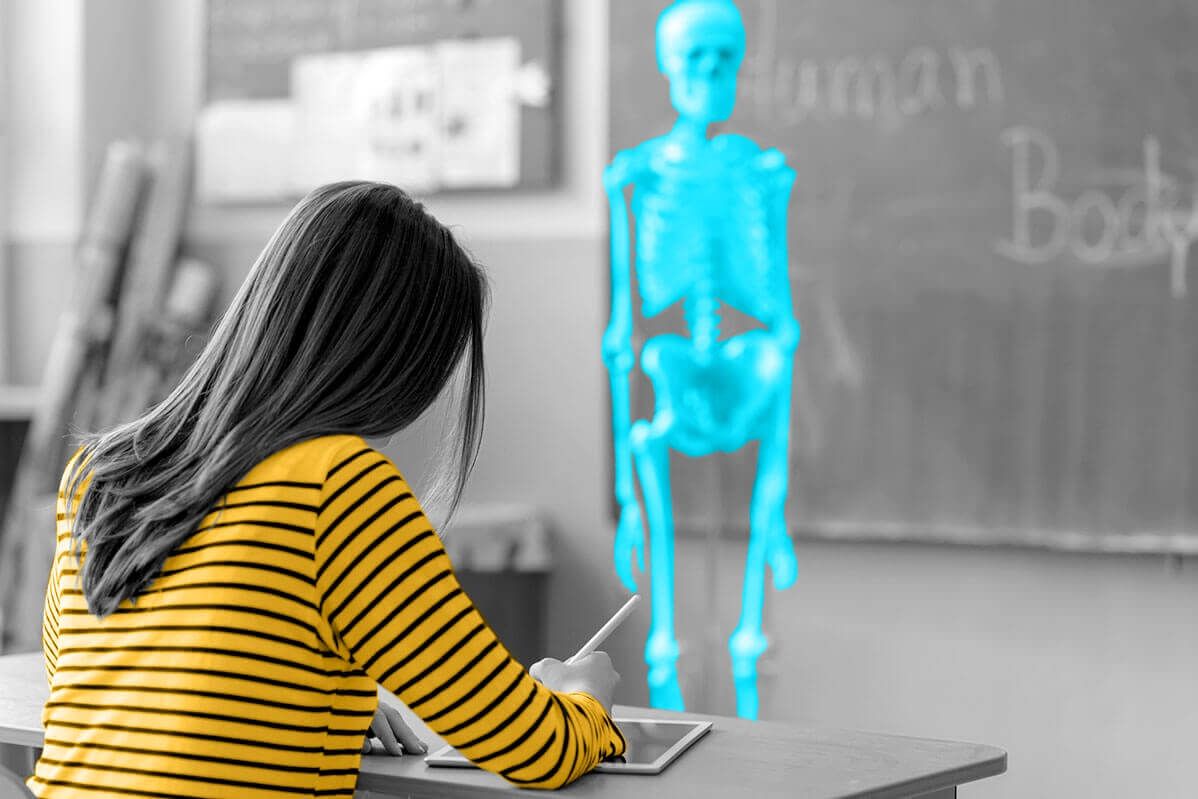
People breathe primarily out of one nostril at a time.
The human nose is a biological wonder. It can smell up to 1 trillion odors, trap harmful debris in the air before it enters your lungs, and affect your sex life. But arguably its most important job is to condition the air you breathe before that air enters your respiratory tract. This means warming and humidifying the air before it passes to your throat and beyond. To do this, the nose undergoes a nasal cycle in which one nostril sucks in the majority of the air while the other nostril takes in the remaining portion. A few hours later (on average), the nostrils switch roles. This cycle is regulated by the body’s autonomic nervous system, which swells or deflates erectile tissue found in the nose. Although we don’t notice this switch throughout the day, if you cover your nostrils with your thumb one at a time, you’ll likely observe that air flow through one is significantly higher than in the other. This is also why one nostril tends to be more congested than the other when you have a cold (the nondominant one gets more filled with mucus).
There are a few possible reasons for this nasal back-and-forth. Some scientists theorize that the cycle actually improves our sense of smell. Because scent molecules degrade at differing rates, some smells are easier to identify through fast-moving air (in the dominant nostril), while others are more easily picked out in slower currents of the nondominant, usually more congested, nostril. Very few smells can get past our nose undetected thanks to this alternating nasal superpower.
Nostrils come in all shapes and sizes, and like most other parts of the human body, that’s the result of millions of years of evolution. In 2017, scientists confirmed a long-held theory that climate plays a vital role in determining the size of our nostrils. People whose ancestors hail from warm, humid climates have little need for nostrils to humidify air before it enters the lungs. As a result, their nostrils are wider. But in cold, dry climates — where air easily irritates the lining of the nose and throat — smaller nostrils create a more “turbulent” air flow, causing the air to mix in the nose. This turbulent mixing interacts with the nose’s mucus-covered lining, which warms and humidifies the air before it passes to the lungs. Over the long, grinding process of evolution, as humans traveled farther from the equator, smaller nostrils were naturally selected as better-suited for the cold and dry areas of the world.

